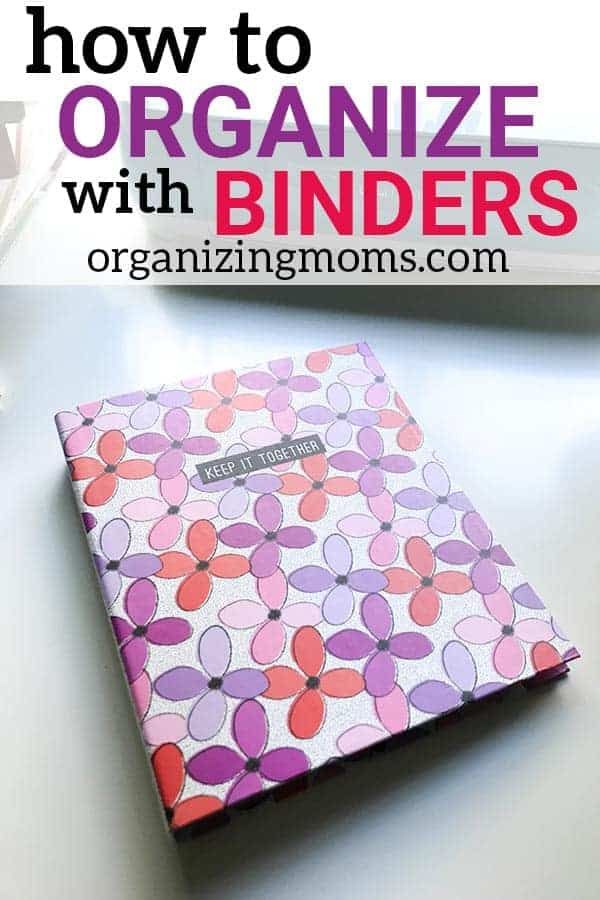7 Simple Ways to Organize Your Household Paperwork

Managing household paperwork can often feel like an overwhelming task. With bills, receipts, warranties, insurance documents, and an endless stream of mail, it's easy for your home office or even your kitchen counter to become a chaotic paper jungle. But fear not! Organizing your paperwork doesn't have to be a daunting endeavor. Here are seven simple and effective strategies to keep your household paperwork in check, ensuring you can find what you need when you need it, with ease and efficiency.
1. Designate a Central Filing System

The foundation of an organized paperwork system starts with a designated filing system. Here’s how to set it up:
- Choose the Right Location: Find a place in your home where you naturally handle paperwork, be it a desk, a shelf, or a specific drawer.
- Invest in Filing Cabinets or Drawers: Having a proper filing cabinet or drawers will not only keep papers in order but also protect them from damage.
- Use Color-Coded File Folders: Different categories of documents can have different colors for quick and easy identification. For instance, financial documents could be in blue, medical records in red, and insurance in green.
📝 Note: Be consistent with your color coding to avoid confusion.
2. Categorize Your Documents

One of the most effective ways to manage paperwork is to categorize it:
- Financial: Including bills, bank statements, tax documents, investment records.
- Household Maintenance: Warranties, instruction manuals, appliance repair receipts.
- Health: Medical bills, insurance cards, prescriptions, immunization records.
- Education: School records, report cards, educational expenses.
- Legal: Wills, passports, contracts, vehicle registration.
💡 Note: Review categories annually to update or add new ones based on changing needs.
3. Implement the “Touch it Once” Rule

This rule minimizes clutter by encouraging immediate action:
- When you receive a piece of paper, decide its fate right away - file it, act on it, or discard it.
- Open your mail at your designated workspace to avoid leaving papers scattered.
✨ Note: Make exceptions for documents that require immediate attention or for unforeseen circumstances.
4. Use Digital Solutions for Non-Critical Documents

Going paperless where possible can significantly reduce physical clutter:
- Scan bills, receipts, and documents that you don’t need to keep in hard copy. Apps like CamScanner or Evernote can be incredibly useful.
- Use online banking and e-statements to eliminate the need for paper records.
- Set up a document management system like Google Drive or Dropbox for easy retrieval and organization.
🖥️ Note: Ensure that your digital storage is backed up regularly to prevent data loss.
5. Schedule a Regular Paperwork Review

Make it a habit to:
- Set aside time each week or month to go through your papers.
- Shred or recycle documents that are no longer needed, keeping in mind document retention policies.
- Use this time to update your filing system or digital records.
6. Secure Important Documents

Some documents require special attention due to their importance:
- Use a safe or lockbox for items like birth certificates, social security cards, deeds, and passports.
- Consider digitizing these documents as a backup but ensure that digital copies are secured with strong passwords or encryption.
🔒 Note: Keep your most sensitive documents in a fireproof and waterproof safe.
7. Adopt a Paper Purge Routine

Regular decluttering can keep your paperwork system efficient:
- Every few months, go through your files and identify documents for disposal or digitization.
- Check for outdated manuals, expired warranties, or old bills that can be safely disposed of.
By implementing these seven strategies, you create a workflow that not only manages but actually reduces the volume of paper in your household. Each method complements the others, creating a comprehensive system that makes paperwork a breeze to handle. Remember, the key to successful paperwork organization is consistency. Regularly revisiting and refining your system will keep it functional and tailored to your evolving needs.
What documents should I keep physically instead of digitizing?

+
Documents that are legally binding or essential for identification, like birth certificates, passports, deeds, and social security cards, should be kept physically in a secure location. For sensitive financial and health records, keep physical copies as a backup even if you digitize them.
How often should I review my paperwork?

+
Set a schedule that works for you, such as weekly for incoming mail or monthly for a deeper review. Quarterly reviews for file purging and annually for updating categories are also good practices.
What should I do with papers that contain sensitive information before disposing of them?

+
Shredding is the best way to dispose of sensitive documents. If you don’t have a shredder, consider using a shredding service or tear them into very small pieces to protect your information.